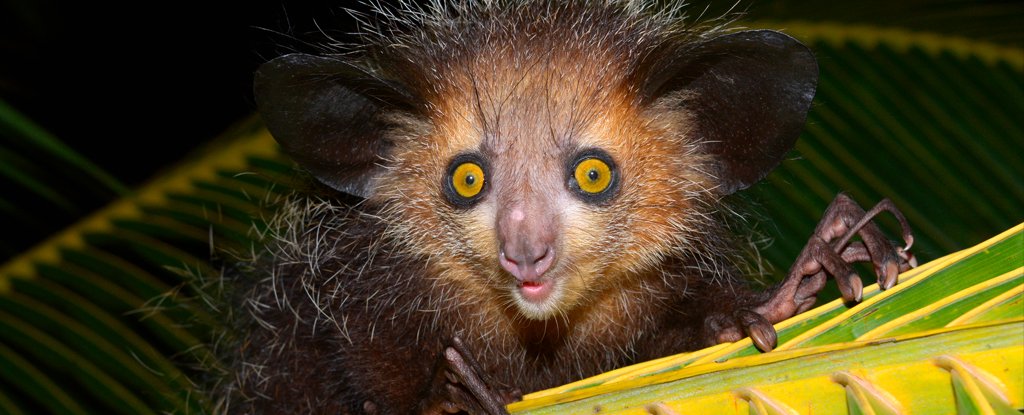
Humans Are on Their Way to Annihilating 50 Billion Years of Evolutionary History
by TESSA KOUMOUNDOUROSSome of our weirdest and most wonderful species are likely next in line for the sixth mass extinction during the current human-fuelled crisis.
From butt-breathing, punk-haired Mary River turtles (Elusor macrurus) to big-eyed aye-ayes (Daubentonia madagascariensis) with their strange extra thumbs, our activities are decimating many remarkable living beings.
"These are some of the most incredible and overlooked animals on planet Earth," said phylogeneticist Rikki Gumbs from Imperial College London and The Zoological Society of London.
"From legless lizards and tiny blind snakes to pink worm-like amphibians called caecilians, we know precious little about these fascinating creatures, many of which may be sliding silently toward extinction."
But it's not just these individual species that we're destroying. We're hacking whole branches off our evolutionary tree of life, according to scientists who are scrambling to understand just what we're risking and how to best prioritise horribly inadequate resources, only made worse by the current pandemic.
Gumbs and a team of international researchers used extinction risk data for more than 25,000 species, along with a model that shows the relationship between living and extinct species (a phylogeny) to estimate just how much of this evolutionary history we're extinguishing.
Groups of closely related species, such as pangolins and tapirs, represent many years of evolutionary history along one branch of life, which could soon be lost forever. And then there are unique, evolutionarily distinct species - like the aye-ayes - that are the only remaining result of a very long evolutionary branch.
When these losses are calculated across the evolutionary tree, they add up to more than 50 billion years of evolutionary heritage currently at risk. That's likely to be an underestimate, given there still aren't enough data on many species; it also only factors in animals with backbones that live on land.
"Our analyses reveal the incomprehensible scale of the losses we face if we don't work harder to save global biodiversity," warned Gumbs.
"To put some of the numbers into perspective, reptiles alone stand to lose at least 13 billion years of unique evolutionary history, roughly the same number of years as have passed since the beginning of the entire Universe."
Evolutionarily distinct species have traits and qualities that are not seen elsewhere in the animal kingdom. Losing species with unique environmental functions can lead to a further unravelling in the web of life across environments.
For example, tapirs play an important role in seed germination and dispersal, so losing them could also impact the plants that make up their forest homes, and in turn affect the animals that rely on those plants, and so on - the bleakest stack of dominoes.
"Our analyses reveal that concentrations of highly irreplaceable reptilian diversity coincide with elevated human pressure," the team wrote in their paper.
Reptiles are facing greater loss to their phylogenetic diversity than amphibians, birds and mammals. They reside in the more overlooked areas when it comes to prioritising conservation efforts - arid and semi-arid regions, particularly in the Middle East and parts of Africa. And more than half the reptiles identified lack extinction risk data.
Those in biodiversity hotspots, like the Caribbean and the Western Ghats, face the highest risk of human impacts - these areas would most benefit from regeneration of habitats, the researchers explain, which also could have huge benefits for all of us.
"We know from all the data we have for threatened species, that the biggest threats are agriculture expansion and the global demand for meat," Gumbs told Amy Woodyatt at CNN.
"It's not too late - we can identify these areas and still, where these species are clinging on, we can hopefully influence conservation actions to protect these and restore these areas."
This research was published in Nature Communications.